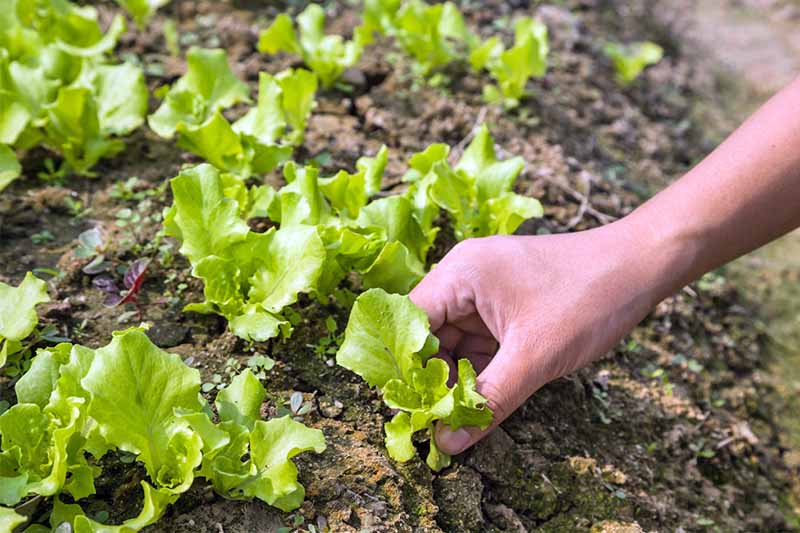Gardeners, summer is about 45 days away, and March 20 is the day of the summer equinox, which means the equinoxes of day and night. The daylight hours began to increase and the night hours to decrease, allowing us to spend more time outdoors doing what we love most - gardening! Spring is near. So, to prepare for your arrival, start gardening (if you're anything like me), down the priority list. The last frost date will likely fall between late February and mid-March, but if you're planting heat-sensitive plants early, be prepared to pack a freezer bag to cover tender plants.
let's see Get ready for the spring rush by making sure your gardening tools and equipment are in good working order. Lawnmower blades and pruning tools need to be sharpened, shears must be rusted, leaky garden hoses fixed, rust cleaned and shears sharpened, shovel handles sanded and oiled, garden truck tires inflated, etc. . Come spring or season, you'll start with a long to-do list that's hard to come by.
Pruning: Perennials can be pruned to the ground, removing old wood as they grow each year. Pruning depends on the type of plant. Spring flowering plants should be pruned after flowering. Although rare, there will also be instances in Texas where a native plant needs pruning or removal of branches near the ground or a dead tree.
Vegetables: In southeast Texas, start gardening in February, but not for delicate plants like tomatoes or peppers, which require warm soil and are prone to frost damage. Sow asparagus (crowns), broccoli, cauliflower, white cucumber, brussels sprouts, pak tea, potatoes (seed potatoes) and cutlets. Direct seeds: beets, carrots, fresh seasonal vegetables, daikon, shallots, lettuce, mustard greens, radishes, spinach, chard and turnips.
Trees, fruits and ornamentals: all perennials can now be grown in containers. Perennial flowers that bloom in spring and fall, such as daylilies, can be divided and transplanted in preparation for spring growth. You can plant roses, shrubs, fruit trees, citrus trees, deciduous and evergreen trees. Remember that most trees and shrubs require little or no pruning as this can damage the tree.
Start by fertilizing your citrus trees and continue from late September to early October. Nitrogen fertilizers are usually required and this requirement can be met organically with compost or blood meal.
Prune roses for a reason – they need an open, vase-like shape for better air circulation and disease prevention, especially with our high humidity levels! Do not prune roses that bloom only in spring, otherwise the buds will be removed! Older roses that bloom frequently should be cut back to about one-third their size, and "knockout" roses can be cut back 1 to 2 feet because they grow quickly. Practice with the stems of climbing roses and attach them to supports for an elegant look.
Check your fruit and nut trees, remove the "bags" that hang from the bark, as this is a sign of silkworms. If you plant strawberries (like I did in October), there will be some ripening with a higher yield. Depending on the weather, you can keep them until March, but keep watering and weeding them, and keep an eye out for pests like slugs and snails!
Ornamental Grasses - Some grasses such as Pampa grass can be cut at this time, but avoid cutting native grasses such as Mexican Feathergrass, Sideoats Grama, Lindheimer or Muhly, they like to "feather" to remove dead material. Put on heavy leather gloves and lift your hands and spread your fingers to remove the dead matter inside the plant. There are other methods of dead material removal that simulate a prairie grassland environment that I do not recommend or encourage because of the risks associated with fire.
Lawn Care: It's still early days, so don't fertilize yet. Wait until mid-April. Please don't waste your hard earned money buying "grass and feed" products because they don't work well. The best thing you can do for your lawn is to do a soil analysis and determine exactly how much fertilizer is needed. Contact your county extension office for help with soil testing. Remember that over-fertilization and herbicide pollution have serious environmental consequences for protecting our rivers and groundwater.
To repeat a point I made two weeks ago about myrtle cakes: please don't be a criminal and commit crepe murder! Pruning your tree will not increase the number of flowers and a weak annual tree cannot bear the weight of the flowers. The only pruning required is to remove diseased or dead trees or shoots growing at the base of trees. Remember that the natural growth of trees takes the shape of a vase.
Mark your calendars : The Orange County Gardening Spring Sale will be held March 18 at Joel Cormier Park from 8 a.m. to 1 p.m. There are more than 25 types of citrus trees, fruit trees, berry plants, perennials, annuals, hanging baskets, shrubs, ferns, succulents, etc.
So, gardeners, let's go out and grow a greener, more sustainable world, one plant! For answers to all your gardening questions or more information: Email me: jongrene57@gmail.com or call the Orange County Master Gardener Hotline: (409) 882-7010 or visit our website: https:// txmg.org/orange , Facebook : Home Orange County Texas Growers Association or email: extension@co.orange.tx.us .


Post a Comment
Post a Comment